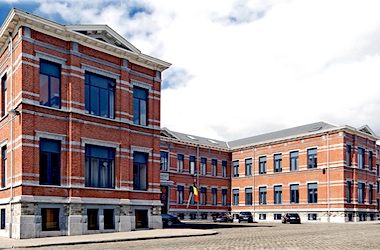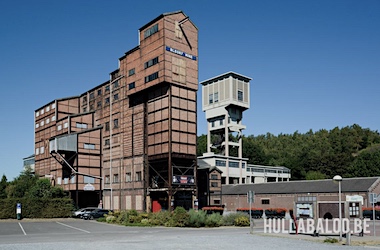Industrial heritage in the Euregio Meuse-Rhine

Industrial heritage in the Euregio Meuse-Rhine
- Textile (wool)
- Arms
- Iron
- Mines
- Porcelaine
Industrial history in Belgium
The industrial age of the European continent began in Belgium, where conditions were similarly good to those in England: coal had been mined in the valleys of the Meuse and Sambre since the 13th century, iron processing developed in Liège from the 16th century and wool spinning in Verviers. The stock exchange was opened as early as 1531, a model for London and Amsterdam. In addition, the great rivers Meuse and Rhine facilitated the transport of goods and efficient agriculture provided the large landowners with investment capital (source: https://www.erih.net). Click here to read more…
Industrial history in the Netherlands
Industrialisation came late: on the one hand, because the Netherlands had only small deposits of the key raw materials coal and iron ore, and on the other, because the “Golden Age” was followed by a long period of economic stagnation: In the 18th century, important economic sectors such as shipbuilding, fishing and brewing, which had previously led Europe, declined. Textile production, established around Leiden, Delft and Haarlem, also fell behind the British competition; only the highly specialised silk weaving industry was able to hold its own. Until well into the 19th century, the economy was supported by traditional trade – not least through the exploitation of the colonies in Southeast Asia – and highly productive agriculture, which exported meat and dairy products. Among the few expanding trades were tobacco processing and paint production: the beginnings of the tobacco factory “Van Nelle” and the paint specialist “Sikkens”, which is still well-known today, date from this period (source: https:// www.erih.net). Click here to read more…
Industrial history in Germany
Germany’s first machine spinning mill, built in 1784 in Ratingen near Düsseldorf, was called “Cromford” after its famous English predecessor, but it did not usher in industrialisation; instead, it stood alone in the farmland. Germany was fragmented into many principalities which levied customs duties at the borders, they also had their own currencies and units of measurement, all of which made it difficult for a market for mass production to develop (source: https://www.erih.net). Click here to read more…


